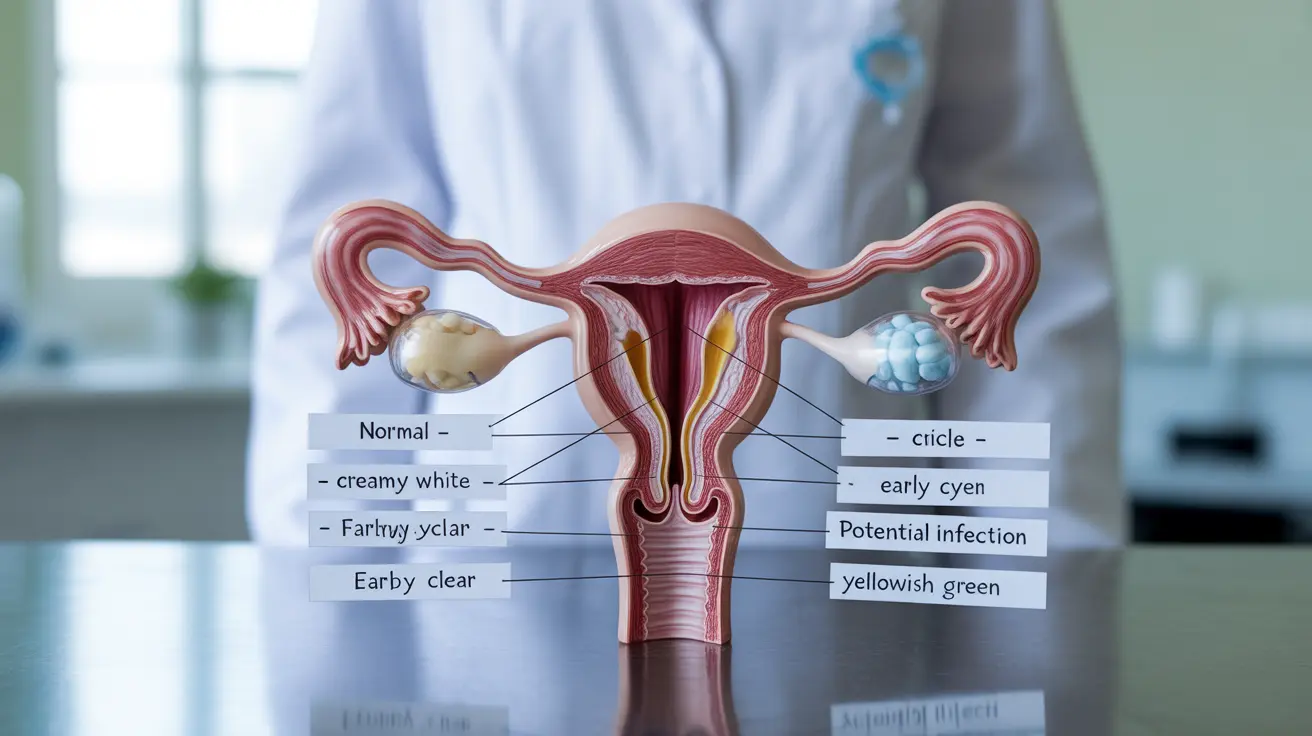Experiencing changes in vaginal discharge can be concerning, but understanding what's normal and what signals a potential health issue is crucial for maintaining reproductive health. Sticky discharge is a common occurrence that can vary in consistency and amount throughout your menstrual cycle and in response to various physiological changes.
This comprehensive guide will help you understand the causes of sticky discharge, recognize when it's normal versus when it might indicate a problem, and know when to consult a healthcare provider.
Normal Causes of Sticky Discharge
Vaginal discharge naturally changes throughout your menstrual cycle due to hormonal fluctuations. During certain phases, sticky discharge is completely normal and healthy. Here are some common natural causes:
- Ovulation
- Regular hormonal changes
- Pregnancy
- Sexual arousal
- Physical activity
- Stress
Characteristics of Normal Sticky Discharge
Healthy sticky discharge typically has the following characteristics:
- Clear to white in color
- Mild or no odor
- Changes in consistency throughout the cycle
- No accompanying discomfort or irritation
Changes During Your Menstrual Cycle
The consistency and amount of discharge typically follows a pattern throughout your menstrual cycle:
- After menstruation: Minimal, slightly sticky discharge
- Before ovulation: Increased moisture, clearer consistency
- During ovulation: Clear, stretchy, egg-white consistency
- After ovulation: Returns to a thicker, sticky consistency
When Sticky Discharge May Indicate a Problem
While sticky discharge is often normal, certain changes may signal an underlying condition that requires attention:
Warning Signs to Watch For
- Yellow, green, or gray coloration
- Strong or unpleasant odor
- Thick, cottage cheese-like texture
- Accompanied by itching or burning
- Pelvic pain or discomfort
- Unusual bleeding
Common Infections and Conditions
Several conditions can cause changes in vaginal discharge:
- Yeast infections
- Bacterial vaginosis
- Sexually transmitted infections
- Cervical inflammation
- Hormonal imbalances
When to See a Healthcare Provider
Consult a medical professional if you experience:
- Persistent abnormal discharge lasting more than a week
- Severe itching or burning
- Strong, fishy, or unusual odor
- Pelvic pain
- Fever or general discomfort
- Unusual bleeding between periods
Frequently Asked Questions
What causes sticky vaginal discharge and when is it normal?
Sticky vaginal discharge is normally caused by hormonal changes throughout your menstrual cycle, pregnancy, or sexual arousal. It's typically normal when it's clear to white in color, has minimal odor, and isn't accompanied by discomfort or irritation.
How can I tell if my sticky discharge is a sign of infection?
Signs of infection include unusual coloring (yellow, green, or gray), strong or unpleasant odors, thick cottage cheese-like texture, and accompanying symptoms like itching, burning, or pelvic pain.
What are the common infections that cause sticky vaginal discharge?
Common infections include yeast infections (characterized by thick, white, cottage cheese-like discharge), bacterial vaginosis (thin, grayish discharge with a fishy odor), and various sexually transmitted infections, each with distinct discharge characteristics.
When should I see a doctor about sticky vaginal discharge?
See a doctor if you experience abnormal discharge lasting more than a week, severe itching or burning, strong unusual odors, pelvic pain, fever, or unusual bleeding between periods.
Can hormonal changes or pregnancy affect the consistency of vaginal discharge?
Yes, both hormonal changes and pregnancy can significantly affect vaginal discharge. During pregnancy, increased discharge is common and normal. Hormonal fluctuations throughout your menstrual cycle, or due to hormonal contraception, can also change the consistency and amount of discharge.




